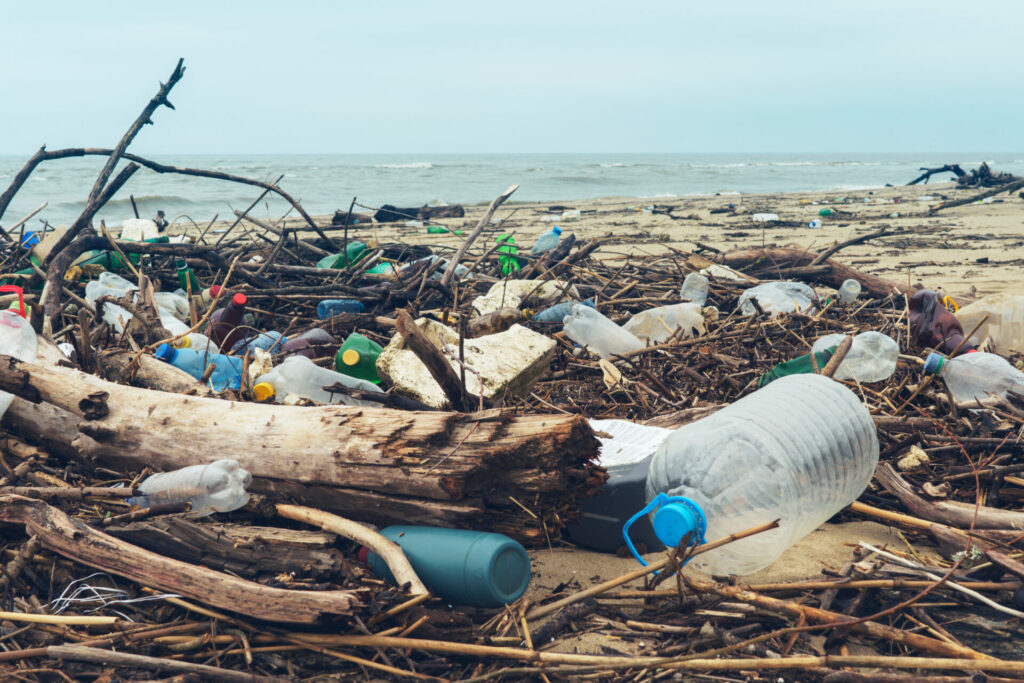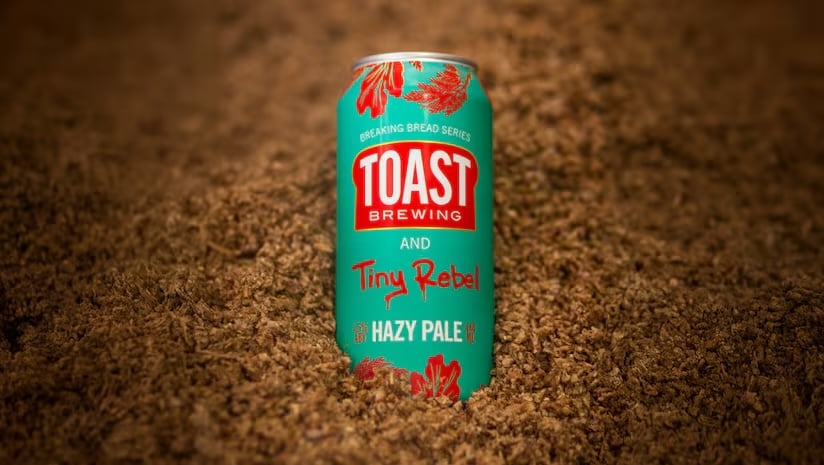Polluting microplastics are hitting global food supplies by damaging the ability of plants to photosynthesise, according to a new assessment.
Scientists estimates that between four and 14 per cent of the world’s staple crops of wheat, rice and maize is being lost due to the particles – and this could increase as more of them are released into the environment.
Research estimates that microplastic pollution could increase the number at risk of starvation by another 400 million in the next two decades, calling that an ‘alarming scenario’ for global food security.
The particles are broken down from the vast quantities of waste dumped into the environment and hinder plants from harnessing sunlight to grow in multiple ways, from damaging soils to carrying toxic chemicals.
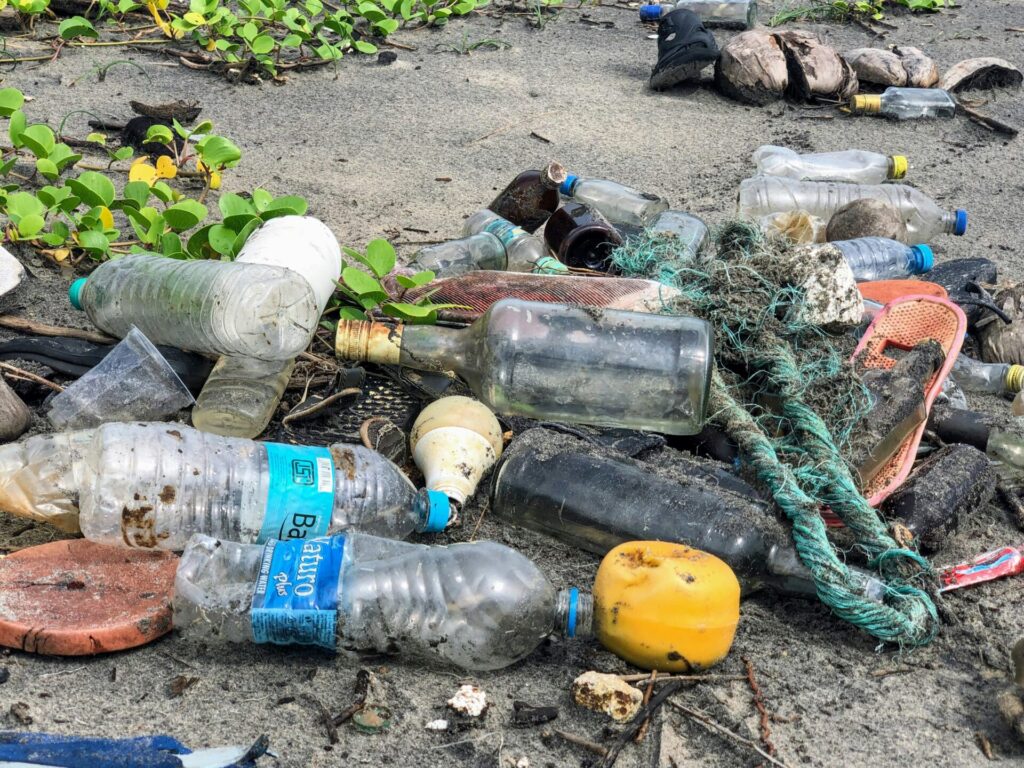
The invasive substances can block sunlight reaching leaves and damage the soils on which the plants depend. When taken up by plants, microplastics can block nutrient and water channels, induce unstable molecules that harm cells and release toxic chemicals, which can reduce the level of the photosynthetic pigment chlorophyll.
Researchers estimate that microplastics reduce the photosynthesis of terrestrial plants by about 12 per cent and by about seven per cent in marine algae, which are at the base of the ocean food system.
‘Humanity has been striving to increase food production to feed an ever-growing population (but) these ongoing efforts are now being jeopardised by plastic pollution,’ said the researchers, led by Prof Huan Zhong, at Nanjing University in China.
‘The findings underscore the urgency (of cutting pollution) to safeguard global food supplies in the face of the growing plastic crisis.’
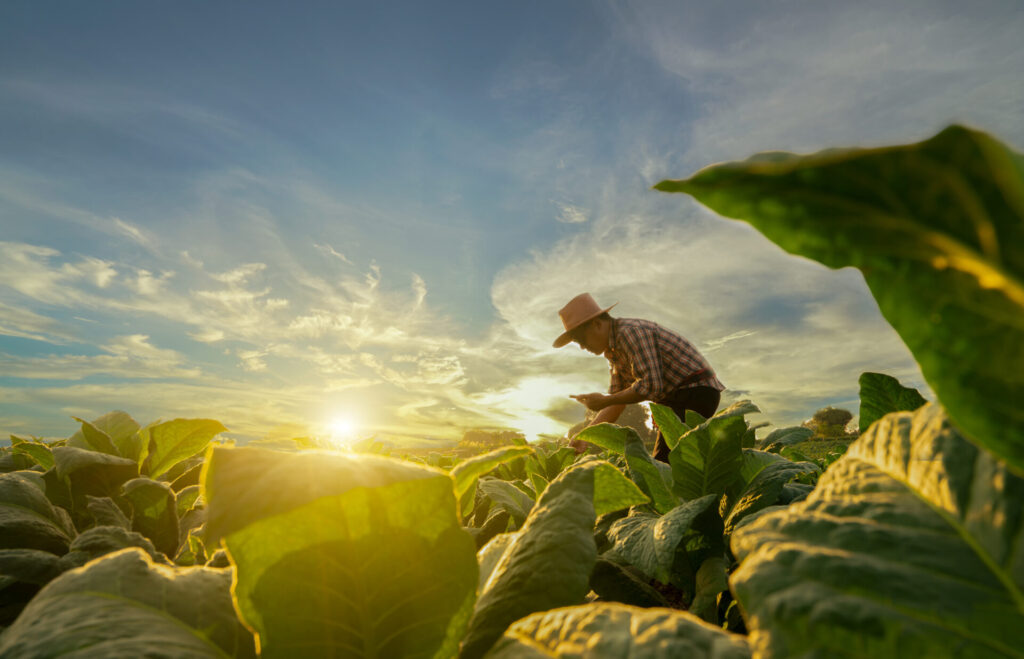
The new study combined more than 3,000 observations of the impact of microplastics on plants, taken from 157 studies.
The researchers estimated that microplastics reduced the photosynthesis of terrestrial plants by about 12 per cent and by about seven per cent in marine algae, which are at the base of the ocean food system.
They then extrapolated this data to calculate the reduction in the growth of wheat, rice and maize and in the production of fish and seafood.
Asia was hardest hit by estimated crop losses, with reductions in all three of between 54m and 177m tonnes a year, about half the global losses.
Wheat in Europe was also hit hard as was maize in the United States.
Plastics in Our Oceans
In the oceans, where microplastics can coat algae, the loss of fish and seafood is estimated at between 1 and 24 million tonnes a year, enough protein to feed tens of millions of people.
Microplastics in the oceans have become a pervasive environmental threat, infiltrating marine ecosystems from the surface to the ocean depths. These tiny plastic particles, often no larger than a grain of rice, are harmful to marine life as they can be ingested by marine animals, from plankton to whales.
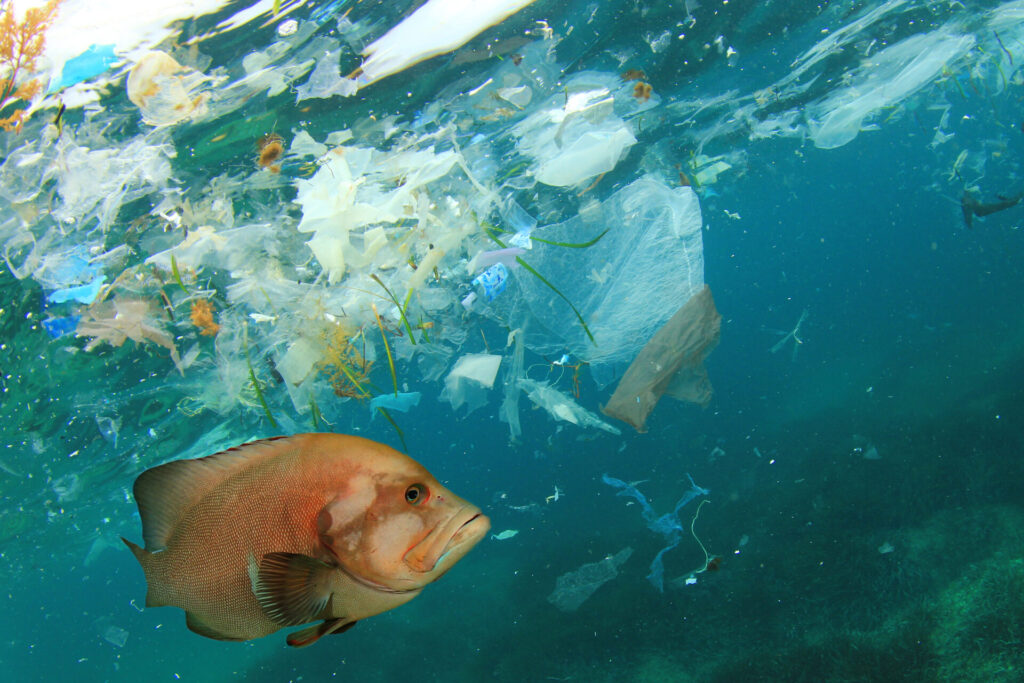
When consumed, microplastics can cause physical harm, block digestive tracts, and introduce toxic chemicals into the food chain. They also coat algae, disrupting photosynthesis and reducing the production of oxygen in the oceans, which are essential to marine ecosystems.
The consequences extend beyond marine life, as microplastics have been found in seafood, potentially contaminating the food supply for humans as well.
People’s bodies are already widely contaminated by the particles, consumed through water and food. They have been found in blood, tissue, brains, and breast milk and in almost all species. They have also been discovered from the tops of mountains to the ocean depths, and even in clouds.
‘Importantly, these adverse effects are highly likely to extend from food security to planetary health,’ Zhong and his colleagues said.
The world’s nations failed to reach an agreement on a UN treaty to curb plastic pollution in December, but will restart the talks in August.
The scientists said their study was ‘important and timely for the ongoing negotiations and the development of action plans and targets’.






